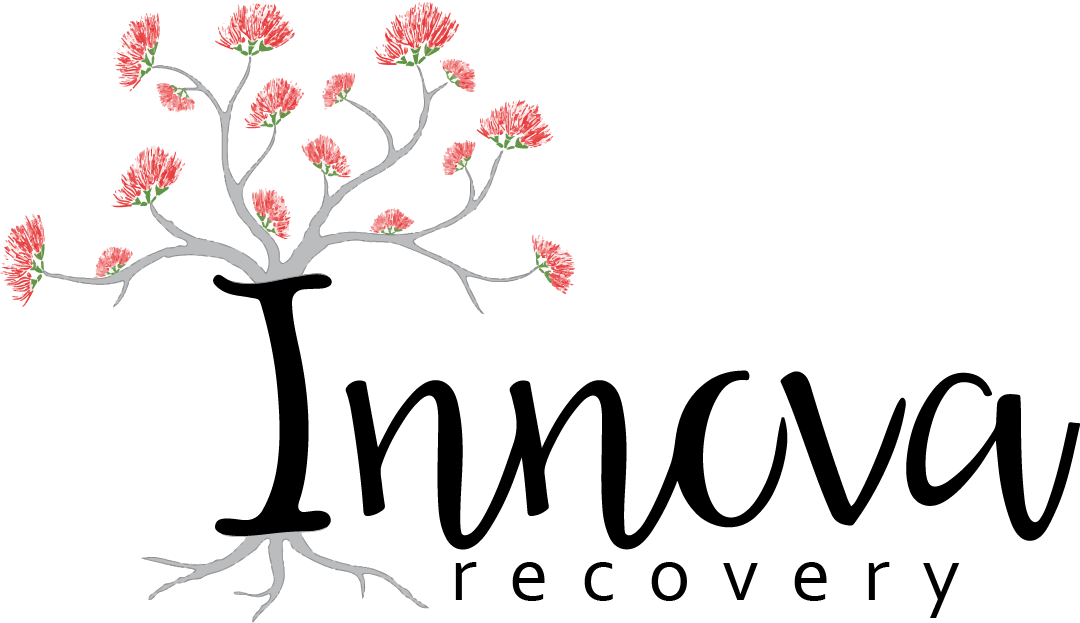Overview #
Polyvagal Theory, developed by Dr. Stephen Porges, provides a framework for understanding the autonomic nervous system and its role in trauma and healing.
Polyvagal Theory explains how the autonomic nervous system has three states:
- VENTRAL VAGAL – Safety, calm, connection, social engagement.
- SYMPATHETIC – Mobilization, fight-or-flight response.
- DORSAL VAGAL – Shutdown, freeze, or dissociation when overwhelmed.
For example, someone with trauma may shift quickly into sympathetic hyperarousal—heart racing, muscles tense—or dorsal shutdown, feeling numb and detached, even in everyday stressors.
How it Works #
The nervous system constantly scans for cues of safety or threat, a process called ‘neuroception.’ Depending on the signals, the body shifts between ventral, sympathetic, and dorsal states.
When we feel safe, the ventral vagal system allows connection, calm, and communication. When danger is detected, the sympathetic system activates to prepare for fight or flight. If overwhelm continues, the dorsal vagal state can cause immobilization and disconnection.
Useful Tools #
- BREATHWORK – Slow, deep breathing can stimulate the ventral vagal state.
- GROUNDING EXERCISES – Orienting to the environment to signal safety.
- SOCIAL CONNECTION – Safe relationships are one of the strongest ways to activate ventral vagal pathways.
- MOVEMENT – Gentle exercises help discharge sympathetic energy.
Interesting Facts #
- Polyvagal Theory has been integrated into many trauma therapies, including Somatic Experiencing and EMDR.
- It emphasizes that healing involves not only the mind but also the body’s state of safety.
- The vagus nerve, the longest cranial nerve, is central to this theory.
Conclusion #
Understanding Polyvagal Theory has influenced trauma therapies, especially somatic approaches. It helps therapists guide clients toward nervous system regulation and feelings of safety, supporting long-term healing.
By applying Polyvagal insights, clients learn to recognize and regulate their nervous system states, creating more stability, resilience, and connection in their lives.
Download This Resource #
Save the printable PDF version of this article to reference or share anytime.







